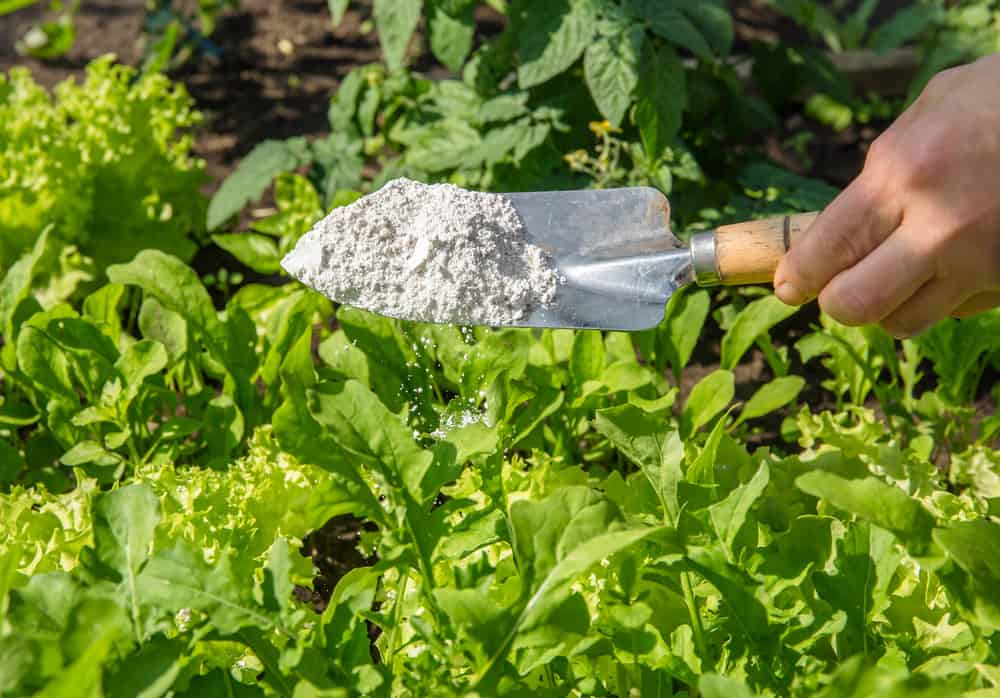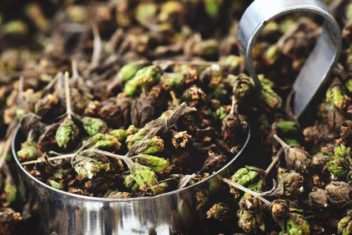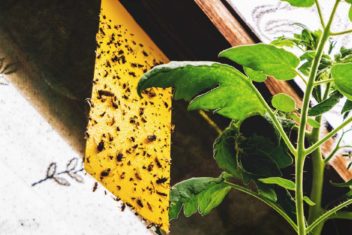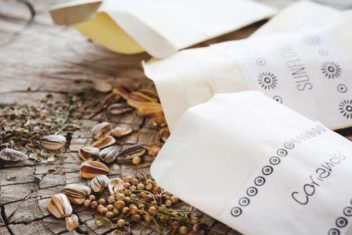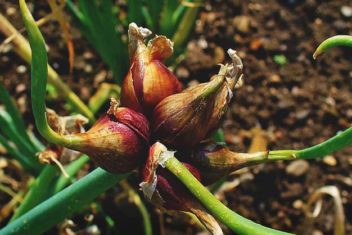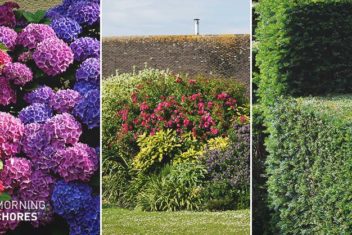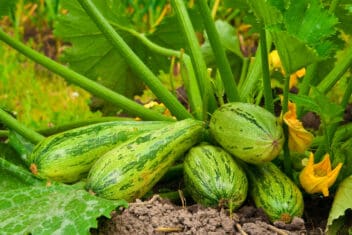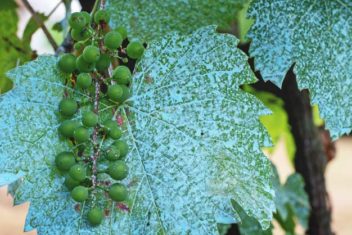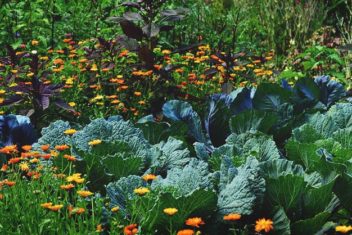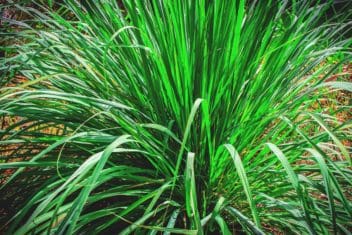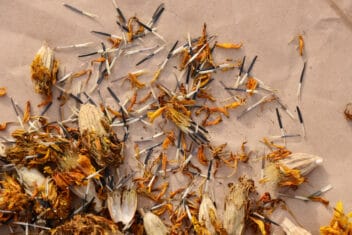I always keep diatomaceous earth (DE) in my garden shed. No matter the problem – from chicken mites to slugs – diatomaceous earth is usually my first line of attack. It’s easy to use, safe, and surprisingly effective. But diatomaceous earth is also a bit contentious. Some gardeners swear by it. Other gardeners never touch the stuff.
I can understand the uncertainty. Those of us who love DE tend to treat it as a panacea. Chickens not laying? Sprinkle them with DE. Annoying insects in the garden? Mix some DE into the topsoil. Sick of gardening? Maybe you should bathe in some DE yourself!
It’s no wonder there’s a wide collection of misinformation mingling with good advice about diatomaceous earth. Let’s take an honest look at what DE can do, and what it can’t. When we’re done, maybe you’ll add a bag of DE to your own stock of gardening essentials.
What is Diatomaceous Earth?
You’ve probably heard of diatomaceous earth. Those who swear by it use it like our parents or grandparents used castor oil: pulling it out at the first sign of illness or distress. Other gardeners seem to avoid the stuff like the plague. They have bags or bottles of other cure-alls in their garden sheds, instead.
Diatomaceous earth is a specific type of rock mined from lakebed deposits. DE is made up of the shells of fossilized water plants called diatoms. Diatoms have existed for millions of years, and as they die and sink to the bottom of lakes, they fossilize into chalky deposits of rock. These rocks are crumbled apart to make DE.
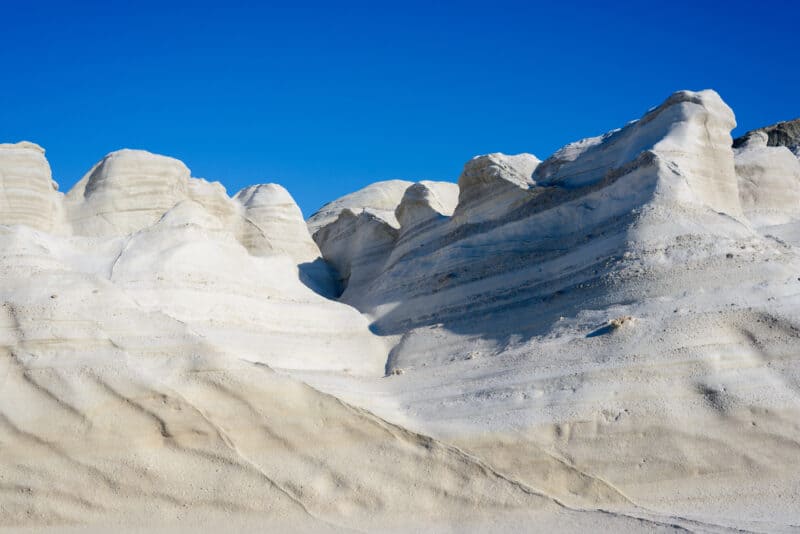
People in China noticed birds bathing clay dust to control mites in their feathers and started using DE as a form of pest control to mimic that natural behavior. That was 4,000 years ago, and it’s still around as a pest treatment today.
When you and I touch diatomaceous earth, it feels chalky and smooth – like dried clay in our hands. But for small, soft-bodied insects like aphids and mites, DE is incredibly painful. That’s because DE has microscopic sharp edges. These sharp edges cut through the bodies of many insects.
Insects with exoskeletons have a different reaction to diatomaceous earth. Instead of cutting through their bodies, DE absorbs moisture like a giant clay mask. Diatomaceous earth dehydrates these insects, causing irritation and with enough exposure, death.
Depending on the insect, DE’s effect on the body can range from full evisceration to merely a consistent irritant. Either way, insects learn to stay away from gardens with DE in the soil.
Fortunately, worms are not adversely affected by diatomaceous earth – which is surprising, considering their soft bodies. But worms are designed to move through a variety of soils and their soft bodies are impressively tough and thick.
Is Diatomaceous Earth Toxic?
There are rumors in the gardening world that DE is dangerous to humans and animals. Diatomaceous earth is not toxic – in fact, most DE sold in gardening stores is “food grade.” Many people actually – and safely – consume DE.
It’s considered a helpful remedy for many digestive and inflammation issues. While I’ve never tried consuming DE myself, I have fed it to my goats as a mineral balancing supplement.
Used carefully in the garden and stable, diatomaceous earth is safe and non-toxic. The only health concern comes from allowing DE to come in contact with your eyes or lungs. Like talcum powder, diatomaceous earth can damage your lungs and nose.
Tiny particles can cling to the mucus membranes in these areas making breathing difficult or scratching your tender eyes. Many gardeners wear masks and/or goggles while applying DE.
If you apply diatomaceous earth to chickens or livestock, it’s important to avoid the head of the animal and try to avoid building up a lot of dust. Otherwise, you have nothing to fear from diatomaceous earth.
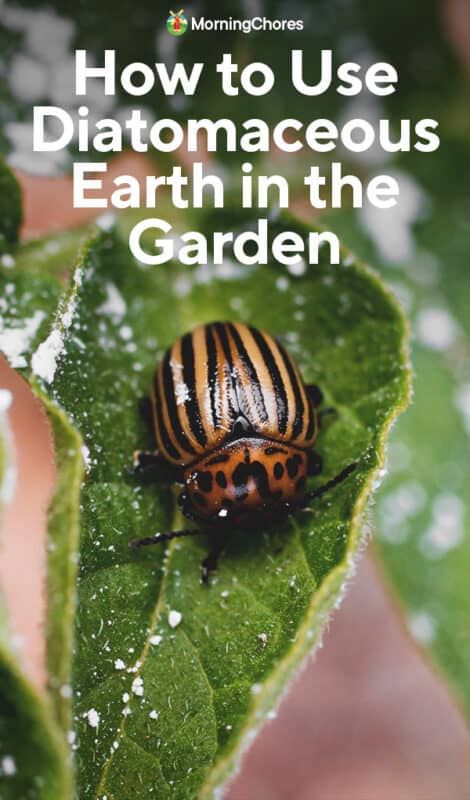
Diatomaceous Earth in the Garden
While diatomaceous earth can be used in a variety of ways as a gardening aid, its primary role in the garden is as an insecticide.
DE can add trace minerals like magnesium, iron, and calcium to the soil. It increases drainage and can absorb and then slowly release fertilizers, making it a fantastic addition to bonsai potting mixes. Diatomaceous earth increases the porosity (or breathability) of the soil, so it’s often added to pots and container plant soils to prevent root rot and stagnation.
I like adding it to my reclaimed-woodland garden soil to help keep the earth loose and aerated. But most people look to DE as a safe and effective way to fight common garden pests.
Insecticidal Benefits of Diatomaceous Earth
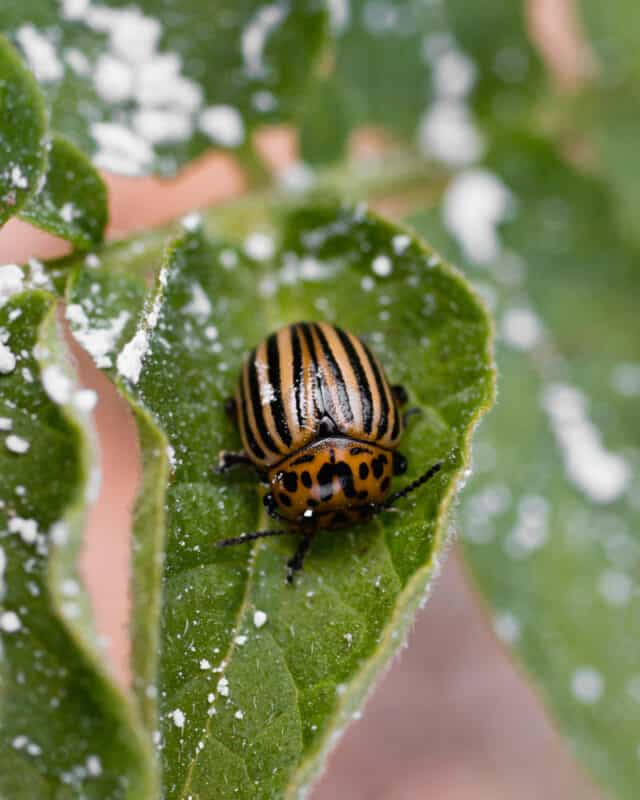
DE can act in different ways on different insect bodies, making it extremely effective. Whether it’s slicing and dicing or drying and desiccating, Diatomaceous earth is keeping harmful insects at bay. It works well against a variety of pests such as:
- Ants
- Cockroaches
- Aphids
- Mites
- Earwigs
- Snails & Slugs
- Thrips
- Flies
- Beetles
- The larvae (whether maggots, grubs, or other creepy-crawlies) of a variety of invasive pests.
Since DE works physically on the bodies of these insects, there’s no opportunity for them to develop a resistance to its effects.
Many insects develop a resistance to commonly used pesticides over the years. After a few years of spraying the same insecticide, you’ll find it doesn’t work quite as well as it did. Eventually, the chemical that used to kill 90% of harmful insects can barely eliminate half that number. But DE is always sharp and dehydrating.
Diatomaceous earth is also safe for humans, pets, and the plants in your garden. You can use it again and again without worrying about overloading your plants or the people who eat them with chemicals.
Our children eat out of the garden almost every day during the growing season, and it’s important to me that what they eat is safe to consume in large quantities. DE is safe for human consumption, so I don’t have to worry that my kids are getting a dose of chemicals with their runner beans.
Concerns with Using Diatomaceous Earth in the Garden
Nothing is perfect, of course, and DE is no exception. As much as I love it, diatomaceous earth has some serious drawbacks.
When you’re applying DE, you should be as cautious as possible about allowing the wind to spread it around. Remember, diatomaceous earth can build up in your lungs. Keep kids inside or out of the garden while applying DE, wear a mask, and protect your eyes from particle damage.
You should also avoid applying diatomaceous earth to flowers. There isn’t a lot of information on DE’s effect on honeybees. If you’re applying DE to the leaves and stems of plants, keep your flowers free of any earth just to be on the safe side.
Diatomaceous earth can also harm the spiders that live in your garden. Spiders are delightful, beneficial assets to the garden. They fight pests and beautify the garden with their graceful webs.
Traditionally, spiders are often considered good luck to gardeners and housewives alike. But DE can harm these garden guardians if you’re not careful. I prefer to avoid applying DE in areas where I know spiders are living, trusting them to handle the pests in their neighborhood without my help.
Labels Matter
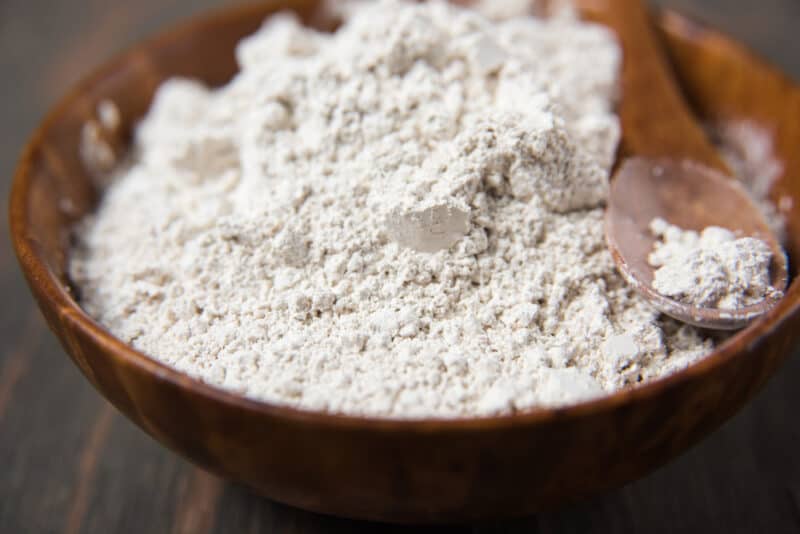
When choosing diatomaceous earth for your garden, always go for “food grade” DE. Avoid any diatomaceous earth marketed for swimming pool filters. This earth has a higher silica content and is not safe for use on homegrown produce or in areas with a lot of foot traffic.
While some people recommend the latter variety because its high silica content makes it even harsher on insect anatomies, the benefits don’t outweigh the risks. Save high-silica DE for filters and stick to the food safe variety.
Applying Diatomaceous Earth for Insect Control
It’s easy to use DE as a safe insecticide. Just don your protective gear, grab a bag of food-grade DE and head to the garden.
Now, sprinkle a layer of diatomaceous earth around the base of each plant to keep away slugs, snails, and crawling critters. It’s best to sprinkle at least a finger’s width of DE on all sides of the stem so that potential pests have no way to slink over to the plant.
If you’re using DE to fight mites, aphids, thrips, or other flying pests, it’s time to start dusting. The best time to dust plants is right after a light rain or early in the morning. You want the leaves to be damp but not soaking wet. I use a small, half-inch paintbrush and simply dip the brush in the DE and “paint” it onto the leaves and stems of the plant. Remember to coat the undersides of the leaves, where aphids love to hide!
Many people will encourage you to coat all aerial parts of the plant, including the flowers. But your bees and butterflies will thank you for saving them from the effects of DE. Don’t risk your pollinators by painting the blossoms with diatomaceous earth.
Unfortunately, if it rains, you will need to reapply DE to all your plants. In rainy seasons, this can be one of the most frustrating aspects of using a safe, natural insecticide. But applying DE can be fun – you’re painting your garden with the ghosts of long-dead algae – protecting your plants from the unseen dangers that lurk beneath their leaves.
